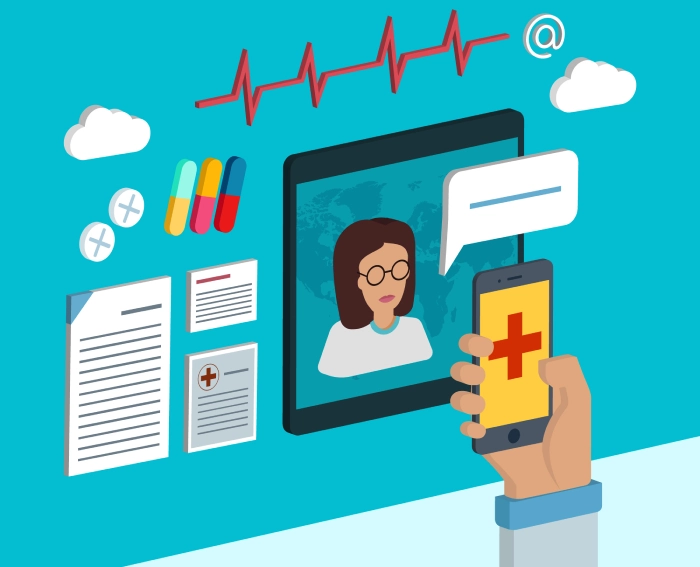Understanding the Risks of Smartphone-Configured Diabetes Devices
The U.S. Food and Drug Administration (FDA) has recently issued a safety alert concerning diabetes devices that rely on smartphones for critical safety alerts. These devices include continuous glucose monitors (CGMs), insulin pumps, and automated insulin dosing systems. While these devices offer convenience and personalized alert settings, there are significant risks associated with their use, particularly when alerts fail to function as intended.
The Problem with Smartphone-Configured Alerts
Users of these devices can customize their alert settings through smartphone apps, choosing which alerts to receive, their frequency, and how they are delivered (e.g., audible, vibration, or text-only). However, the FDA has received numerous reports of alerts not being delivered or heard, even when users believed they had configured them correctly. In some cases, these failures have led to severe health consequences, including hypoglycemia (low blood sugar), hyperglycemia (high blood sugar), diabetic ketoacidosis, and even death.
Key Factors Contributing to Alert Failures
The FDA has identified several hardware and software issues that can disrupt the delivery of critical alerts:
1. Software Configuration Issues: Problems such as app notification permissions, the use of “do not disturb” or “focus mode,” or the app entering “deep sleep” after inactivity can prevent alerts from being delivered.
2. Hardware Changes: Connecting new hardware, such as car audio systems or wireless earphones, can alter the default volume settings or block alert delivery.
3. Operating System Updates: Smartphone OS updates that are not supported by the medical device app can also interfere with alert functionality.
FDA Recommendations for Users
To mitigate these risks, the FDA has provided several recommendations for users of smartphone-compatible diabetes devices:
– Follow Manufacturer Instructions: Carefully adhere to the instructions provided by device manufacturers when installing, setting up, or updating mobile medical apps.
– Disable Automatic OS Updates: Turn off automatic OS updates and verify compatibility with the diabetes device app before updating the smartphone’s OS.
– Monitor Alert Settings: After any OS update or hardware change, confirm that alert settings are functioning as expected and monitor the app to ensure alerts are received.
– Regularly Check Alerts: At least once a month, verify that smartphone alerts are configured correctly.
– Seek Technical Support: If alerts are not functioning as expected, contact the device manufacturer’s technical support for assistance.
– Report Issues: Notify the FDA of any problems with diabetes devices to help improve safety and functionality.
The FDA’s Ongoing Efforts
The FDA is collaborating with diabetes device manufacturers to ensure that smartphone alert configurations are thoroughly evaluated before use. Additionally, the agency is working to ensure that smartphone and app settings impacting safety alerts are continuously tested. Manufacturers are also being encouraged to communicate any updates or changes to recommended configurations clearly and promptly to users.
Commentary by SuppBase columnist Alice Winters

The FDA’s recent safety alert highlights a critical issue in the intersection of medical technology and consumer electronics. While the integration of diabetes devices with smartphones offers unprecedented convenience and customization, it also introduces significant risks that must not be overlooked.
The Convenience vs. Safety Dilemma
Smartphone-compatible diabetes devices represent a significant advancement in patient care, allowing users to tailor alert settings to their specific needs. However, this customization comes with a trade-off: the complexity of modern smartphones and their ecosystems can lead to unforeseen issues. The FDA’s identification of software and hardware changes as potential disruptors of alert functionality underscores the fragility of these systems.
The Role of User Awareness
One of the key takeaways from the FDA’s alert is the importance of user awareness and vigilance. While manufacturers bear the responsibility of ensuring their devices are safe and effective, users must also take an active role in monitoring their devices. Regularly checking alert settings and staying informed about potential issues can help mitigate risks.
The Need for Robust Testing and Communication
The FDA’s collaboration with manufacturers to improve testing and communication is a positive step. However, this effort must be ongoing and adaptive, as both smartphone technology and medical devices continue to evolve. Manufacturers must prioritize user safety by ensuring that their devices are compatible with the latest smartphone updates and by providing clear, actionable guidance to users.
A Call for Greater Transparency
Finally, this situation highlights the need for greater transparency in the development and deployment of medical devices. Users should have access to detailed information about potential risks and how to mitigate them. Additionally, manufacturers should be proactive in addressing issues and communicating with users, rather than waiting for regulatory intervention.
In conclusion, while smartphone-compatible diabetes devices offer significant benefits, they also present unique challenges that must be carefully managed. By staying informed, vigilant, and proactive, both users and manufacturers can work together to ensure the safe and effective use of these life-saving technologies.



